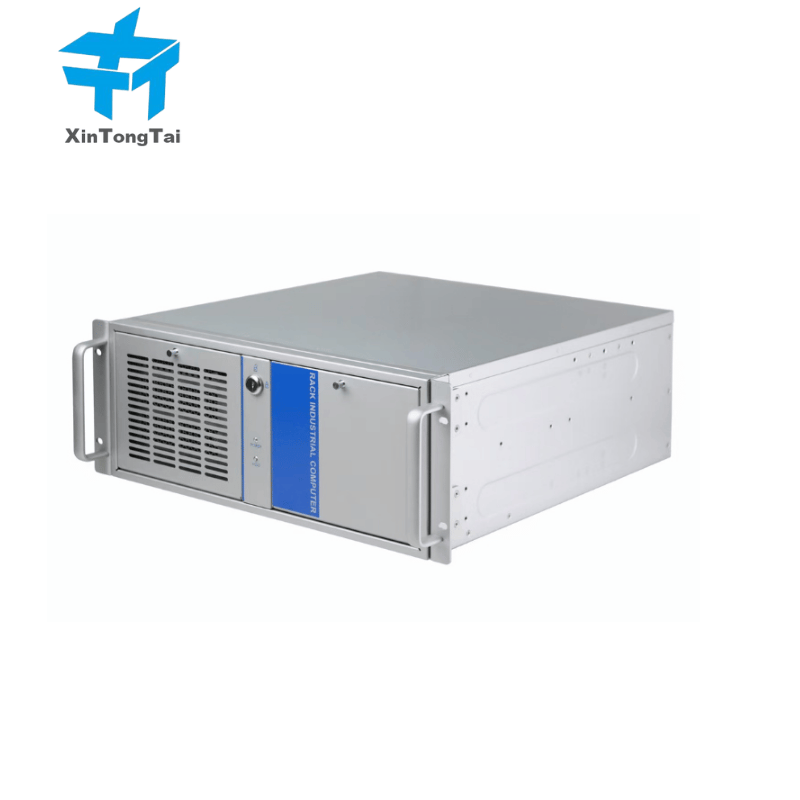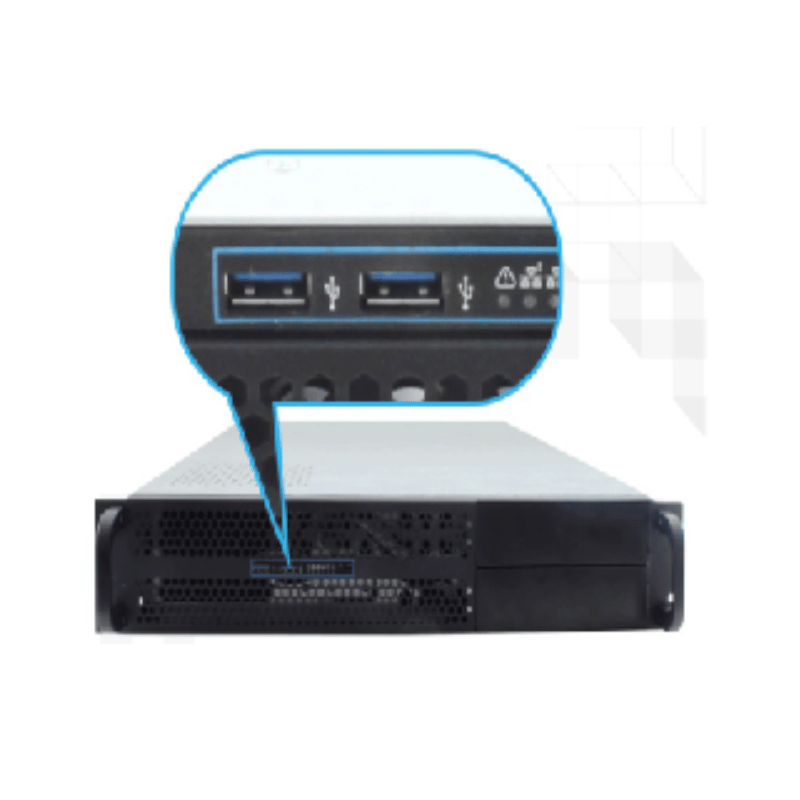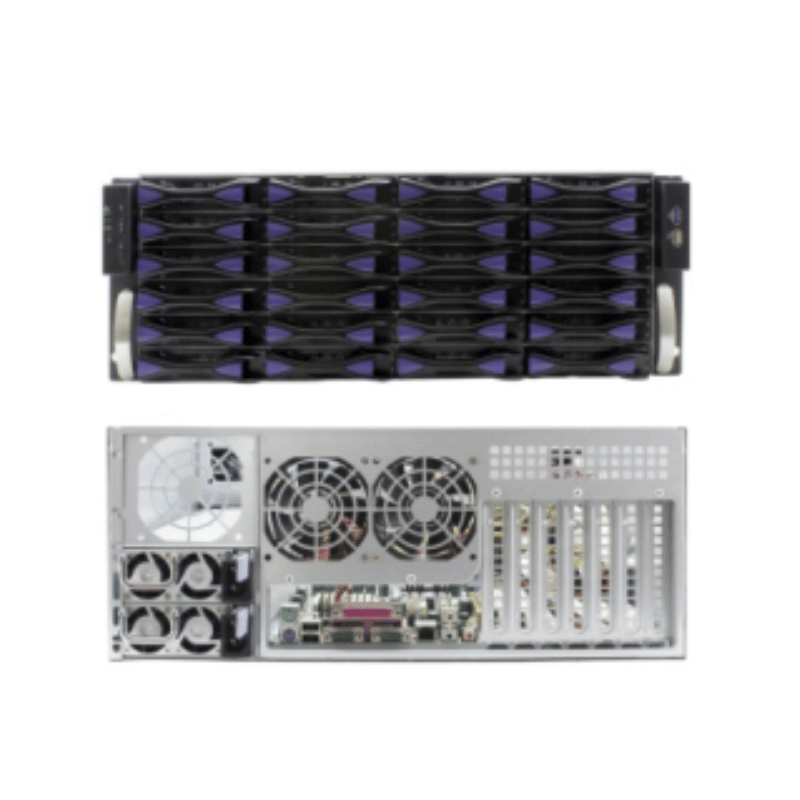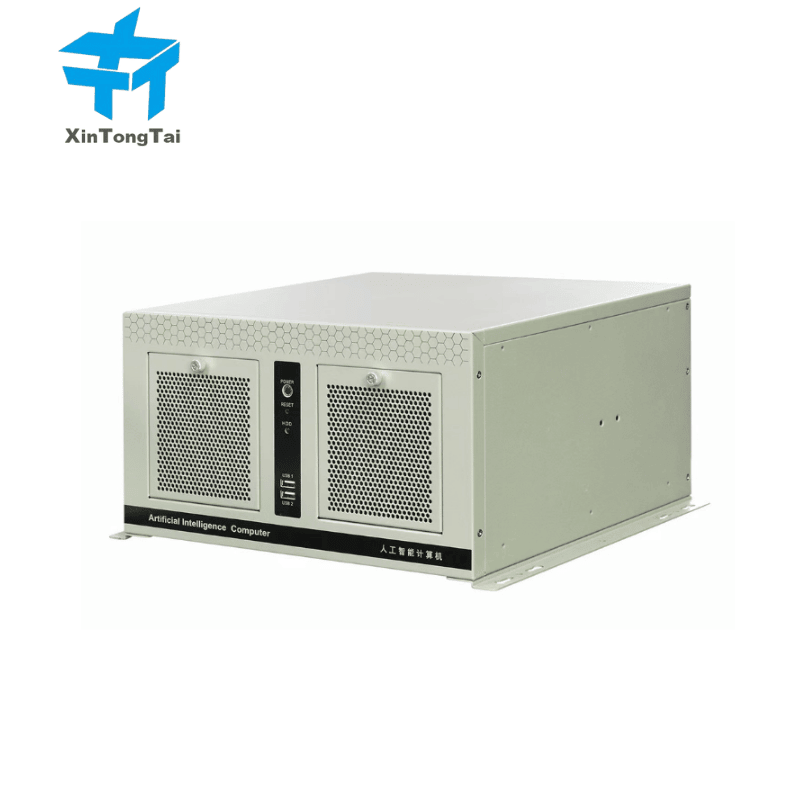Comparison between server chassis and ordinary chassis
A server chassis is a chassis specially designed to accommodate and protect server hardware. It is usually larger and more robust than an ordinary chassis. A server chassis is a protective shell designed for large server hardware. Compared with ordinary chassis, it has the following core advantages:
1
Strong heat dissipation performance
The chassis material is made of aluminum alloy or steel with strong thermal conductivity. Some high-end models are equipped with liquid cooling or phase change heat dissipation technology and adopt a multi-fan array air duct design to optimize the heat circulation efficiency by increasing the heat dissipation space.
2
Outstanding expansion capability
Supports multiple hard disk slots, PCIe expansion slots and redundant power supply configurations. Some models provide hot-swappable hard disk slots and modular component design to meet enterprise-level storage upgrade and maintenance needs. The standard 19-inch rack structure is compatible with unified deployment in data centers.
3
Reliability guarantee
Physical protection is improved by strengthening locks, dust filters and earthquake-resistant frames, and dual power redundancy and online diagnostic technology are used to reduce the failure rate. Some high-end products support IPMI remote management functions to achieve 7×24 hours of unattended operation and maintenance.
4
Enhanced security
Equipped with electromagnetic shielding design to prevent data interference, some models have built-in monitoring systems and alarm devices to meet the needs of high-security scenarios such as finance and government affairs. The chassis weight can reach 3-4 times that of ordinary chassis, and long-term stable operation is guaranteed through structural strength testing.
The server chassis is a "big iron box" specially used for servers. Compared with ordinary home chassis, there are six major differences:
1) Larger volume
The server chassis is like a small warehouse and can hold more hardware (such as several hard drives and large memory sticks) because the server has to process massive amounts of data.
2) Stronger heat dissipation
Ordinary chassis rely on small fans to blow, while server chassis are equipped with large fans, heat sinks and even water cooling systems. After all, servers run at high load 24 hours a day and will break down if they are too hot.
3) Better scalability
The server chassis is like a Transformer, with many slots and interfaces, which is convenient for adding new hardware at any time (such as upgrading hard drives and adding graphics cards). Ordinary chassis have little room for upgrades.
4) Stronger and more durable
It uses thickened steel plates, which are earthquake-resistant and impact-resistant, and some are equipped with anti-theft locks to prevent damage. Ordinary chassis are made of thin and light materials, and the main consideration is appearance.
5) More powerful power supply
The server has high power consumption, and the power supply in the chassis is several times that of ordinary chassis. It also supports dual power backup, so if one has problems, the other can take over.
6) More network connections
The server needs to connect to many network devices (such as switches and other servers) at the same time, so the chassis comes with multiple network ports, and ordinary chassis generally only have 1-2.
Server chassis recommendation:
7184 Server Chassis:This model may adopt a modular design concept, and achieve flexible expansion through removable hard disk cages and redundant power supply configurations. Its cooling system may be equipped with front hot-swappable fans and rear air duct optimization, supporting temperature control when multiple hard disk slots are running simultaneously. The chassis structure may use high-strength steel, and the physical protection level is improved through the anti-seismic frame design.
415S48 Server Chassis:This chassis may focus on optimizing space utilization, using a compact layout to reduce data center space occupancy. In terms of scalability, it may support dual-channel CPU configuration and multiple PCIe slots to meet high-performance computing needs. The cooling system may integrate intelligent temperature control technology to dynamically adjust the fan speed according to the load to reduce energy consumption.
208S55 Server ChassisThis model may be designed for edge computing scenarios, with a lightweight body and compact power module. The cooling system may adopt a vertical air duct design, combined with a dust filter to extend the service life of the hardware. The chassis may support IP54 protection level to adapt to the complex environment of industrial sites.
648H-T3E Server Chassis:This may be a high-density storage solution equipped with a dense hard disk array bracket and a liquid cooling heat dissipation module. In terms of scalability, it may support hot-swappable hard disks and RAID cards to ensure data security. The chassis may be integrated with an electromagnetic shielding layer to meet the needs of highly sensitive scenarios such as finance and communications.
Simply put, the server chassis is designed for "high-intensity work" and is suitable for enterprises and data centers; ordinary chassis are small and convenient, suitable for home or office scenes




